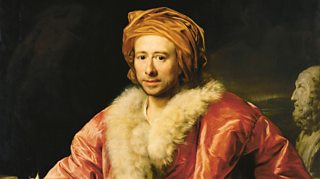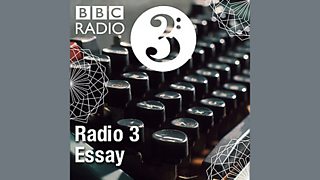Esther Inglis's musical self portraits
Renowned for the miniature books she created for patrons including Elizabeth I, Esther Inglis chose to portray herself holding a quill alongside sheet music manuscripts - why?
1574, and a baby girl on board a ship fleeing from France, arrives in London. Esther Inglis went on to become a successful Tudor bookmaker and artist and Eleanor Chan argues that the inclusion of psalm music in the self portraits created by Inglis is a coded way of symbolising belonging at a time of religious strife. The essay draws on research done by New Generation Thinker Eleanor Chan, who has been working as a Leverhulme Early Career Fellow at the University of Manchester and the Warburg Institute.
Work by Esther Inglis is included in the exhibition Now You See Us: Women Artists in Britain 1520–1920 which runs at Tate Britain until October 13th 2024
You can hear more about Tudor music and art in a Free Thinking episode called a Lively Tudor World which features Eleanor Chan and Christina Faraday. It's available on ±«Óãtv Sounds. You can also find Eleanor Chan's Essay about another Tudor composer - The discordant tale of Thomas Weelkes.
Producer: Luke Mulhall
Last on
Broadcast
- Last Thursday 21:45±«Óãtv Radio 3
Death in Trieste
Watch: My Deaf World
The Book that Changed Me
Five figures from the arts and science introduce books that changed their lives and work.
Podcast
-
![]()
The Essay
Essays from leading writers on arts, history, philosophy, science, religion and beyond.





